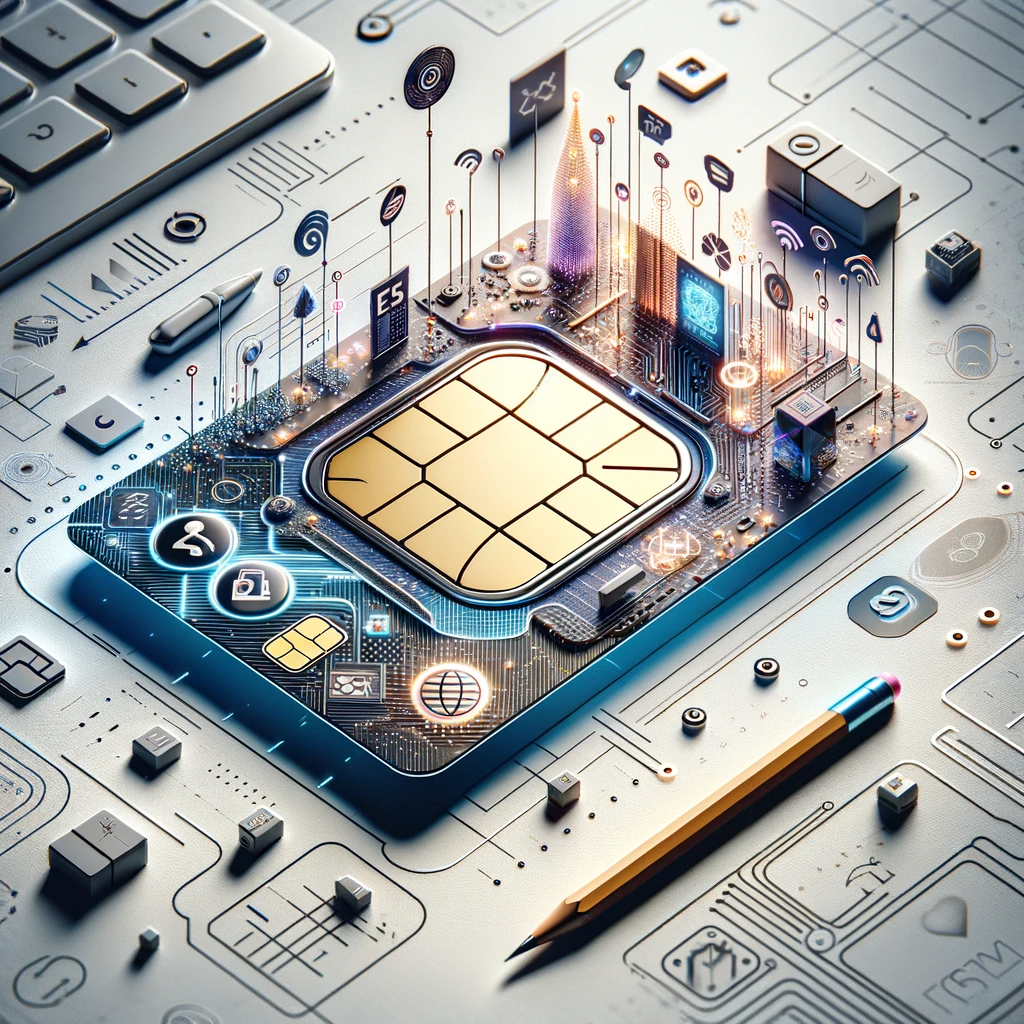Are you tired of dealing with physical SIM cards every time you switch mobile devices or travel abroad? If so, you'll be glad to know that there's a solution: eSIMs. In this blog post, we'll explore what eSIMs are and how they work, revolutionizing the way we connect to mobile networks.
What is an eSIM?
An eSIM, short for embedded SIM, is a digital SIM card that is built into a device, such as a smartphone, tablet, or smartwatch. Unlike traditional SIM cards, which are physical and need to be inserted and removed manually, eSIMs are integrated into the device's hardware.
With an eSIM, you no longer need to worry about losing or damaging your SIM card. It also eliminates the hassle of physically swapping SIM cards when changing devices or switching between different mobile networks.
How does an eSIM work?
When you purchase a device with an eSIM, it comes preloaded with a unique SIM profile from a mobile network operator (MNO). This profile contains all the necessary information, such as the network credentials and encryption keys, to connect to the MNO's network.
To activate your eSIM, you simply need to scan a QR code or enter a specific activation code provided by your mobile network operator. This process securely downloads the SIM profile onto your device, allowing it to connect to the designated network.
One of the key advantages of eSIMs is their flexibility. You can store multiple SIM profiles on a single device and switch between them without physically changing SIM cards. This feature is particularly useful for frequent travelers who want to use local networks without incurring expensive roaming charges.
Benefits of eSIMs
There are several benefits to using eSIMs:
- Convenience: With eSIMs, you can easily switch between mobile networks without the need for physical SIM cards.
- Flexibility: You can store multiple SIM profiles on a single device, making it convenient for travelers or individuals with multiple phone numbers.
- Reliability: Since eSIMs are built into the device's hardware, there's no risk of losing or damaging the SIM card.
- Security: eSIMs use advanced encryption technology to protect your SIM profile and ensure secure communication with the mobile network.
As eSIM technology continues to evolve, more and more mobile devices are adopting this innovative solution. It's only a matter of time before eSIMs become the standard for connecting to mobile networks worldwide.
In conclusion, eSIMs are revolutionizing the way we connect to mobile networks. With their convenience, flexibility, and security, they offer a superior alternative to traditional physical SIM cards. So, the next time you're in the market for a new mobile device, consider one with an eSIM and experience the future of connectivity.

